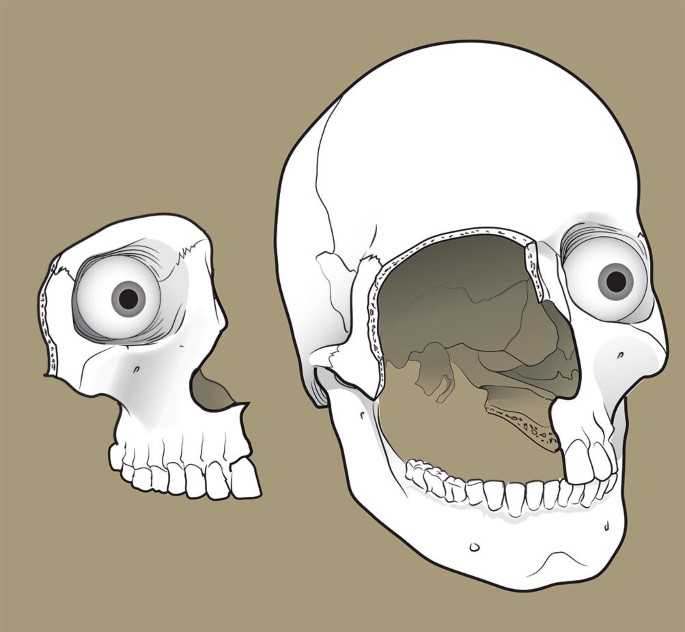
Maxillectomy
A maxillectomy is a surgical procedure that involves the removal of the maxilla or upper jaw, often as part of the treatment for malignancies or tumors in this region. The procedure’s extent depends on the size, location, and spread of the disease, and it may involve removal of adjacent structures such as part of the cheek, nose, or eye if the disease has spread to these areas.
There are different types of maxillectomy surgeries based on the extent of the disease. A partial maxillectomy involves removing part of the maxilla, while a total maxillectomy involves removing the entire maxilla. Subtypes of these surgeries include infrastructural maxillectomy (removal of the lower part of the maxilla) and suprastructural maxillectomy (removal of the upper part of the maxilla).
A maxillectomy can have significant functional and cosmetic impacts on the patient. It may affect the patient’s ability to chew, swallow, and speak, and it can alter the appearance of the face. It also leads to the opening of a connection between the mouth and the nasal cavity, which can cause fluids from the mouth to enter the nose. To address this, prosthodontic rehabilitation (like an obturator) is often required to separate the oral and nasal cavities and restore function. This device is often custom-made for each patient, taking into account the specific structure and requirements of their mouth and face.
This type of surgery is often part of a multimodal approach, which may also include radiation therapy or chemotherapy, either preoperatively (neoadjuvant therapy) or postoperatively (adjuvant therapy), depending on the stage and grade of the tumor.



